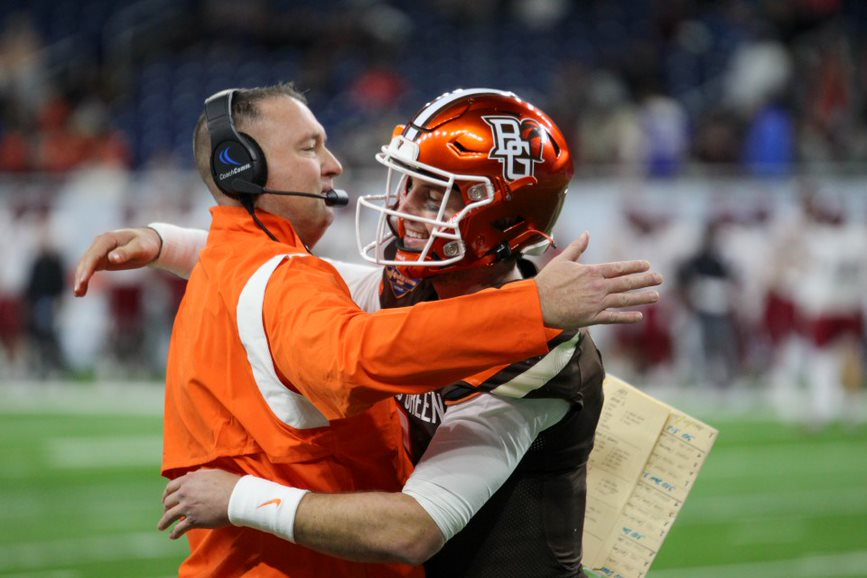Body art as a form of self-expression is on the rise in the United States, and many businesses are asking their staff to cover tattoos as an act of professionalism. For one Bowling Green State University student, she was asked just that.
Jess Oberski, a first-year journalism major, applied to be a baker for BGSU Dining Services at the Oaks. After she sent in her initial application, she went to their office to fill out additional paperwork. There, she was given the company’s dress policy for the first time.
In an email from Laurie Konrad, BGSU Dining Services Senior of Human Resources, their policy requires the covering of offensive tattoos. For piercings, only studs or small hoop earrings are permitted for safety reasons. Finally, the policy allows colored hair, but all hair must be secured to meet safety requirements.
In accordance with the policy, Oberski was told that she would have to remove her eight piercings and cover her small wrist tattoo, which is done in Morse code.
The strictness of their policies surprised Oberski, who has worked in food services before.
“It was never a big deal,” she said, “I was a waitress for a summer, and I never had problems with my tattoos, my piercings, or my hair. I would just wear a hat or a hairnet. It was completely different than how I had worked before.”
Melissa Davis, DHL Area Human Resources Manager of the Campbell’s Soup Supply Company in Findlay, reflected on how it’s stigma at the workplace has changed over her career.
“When I was at Pepsi 20 years ago when we were looking to hire route drivers, the piercings and the tattoos were a no-no,” she said.
Davis shared a story about mirrors placed by the doors for the route drivers. These mirrors were placed as a reminder for the drivers to look at their appearance before they left company grounds.
Davis remembers the mirrors donning a quote along the lines of, “Look at yourself, did you meet the Pepsi standard?”
Now, as a new generation of workers enter companies, Davis has noticed the harsh stigma behind body art is softening, something Beth Miller, BGSU Career Center Assistant Director, has noticed too.
“I think it’s great for this generation. I think they’re walking into a much more accepting, flexible, diverse workplace in multiple industries, that I think that the worry of that [body art] is not as prevalent as if you went back five or 10 years ago,” she said.
Miller discussed the issue of body art in the workplace from the view of the interviewee and interviewer.
“We’re always clear that we never want individuals to change who they are or how they represent themselves. However, we do address the reality of recruitment,” she said.
That reality is having to navigate the ever-changing standards around body art in the workplace. Though many companies are softening their policies regarding ink, piercings and colored hair into the office, others are not.
Because of this, Miller strongly encourages students to research a company’s dress code policy before an interview. This research can help students determine if a company’s culture aligns with their style and values.
She recommends searching the company website and social media pages for images and to call the company to ask about their body art policy directly.
“You have to decide, ‘do I give up that idea of working there because I don’t want to do that much compromising, or do I need to find another place that’s going to fit me better. And sometimes, those are the decisions you have to make,” Miller said.







